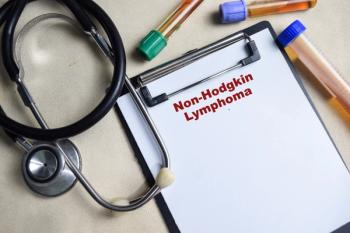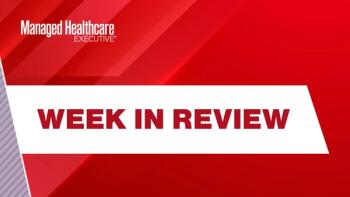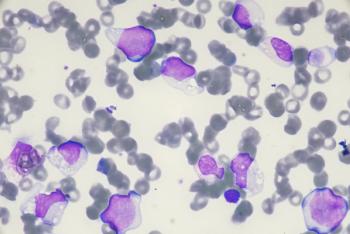
Today’s Effects of Telehealth When Caring for Diabetic Children
Dr. Kathleen Bethin, clinical professor, and Dr. Lucy Mastrandrea, associate professor and division chief of endocrinology/diabetes both at the Jacobs School of Medicine & Biomedical Sciences at the University at Buffalo, spoke with Vic Baldry of Cecelia Health to discuss the challenges telehealth has created when caring for families with children who have type 1 diabetes.
Like most in healthcare, COVID-19 immediately had an effect on diabetes management. While tools like telehealth helped provide care to families with diabetic children in a new way when accessing it earlier in the pandemic wasn't possible, monitoring patients remains to have its challenges.
Dr. Kathleen Bethin, clinical professor at the Jacobs School of Medicine & Biomedical Sciences at the University at Buffalo, said in the start of the pandemic there were challenges physicians and patients faced, but they quickly learned what was needed to be done.
Bethin shared physicians began doing a lot of extra work. For example, if the family's not there for the telehealth appointment, they look up their phone number and ask if they are having a problem getting in. They eventually had some help with nurses calling, she added.
"I think when we were forced to adapt, we actually did a pretty good job. After the first day, I felt like I could see the same number of patients," she said.
Telehealth appointments also immediately helped families get back into better communication.
"Families were extremely stressed—especially in the beginning, because I think they were afraid that their kids with diabetes were at high risk of dying from Covid," Bethin said. "The kids staying home made for a very chaotic experience. Kids have free access to food, they're eating whenever they want to, and if their parents are working from home, they’re not necessarily monitoring everything. Many of my parents were letting their kids stay up to ridiculous hours, because they didn't have to get up for school, which is not healthy."
Dr. Lucy Mastrandrea, associate professor and division chief of endocrinology/diabetes at the Jacobs School of Medicine & Biomedical Sciences, said kids were eating late in the evening, basal rates didn't match, and they forget to bolus at night because they don't think it’s really a meal.
"A lot of our conversation was around getting on a schedule and getting things back in order. I saw an evolution throughout the school year, once people got into the routine. With hybrid school, or even homeschooling, it got better," Mastrandrea said.
Some things both Bethin and Mastrandrea wished they would have done differently prior to going virtual, being more proactive in getting patients to upload their data would have saved more time.
Bringing telehealth to children is a large challenge itself, each doctor added.
"You have to monitor their growth, and it’s sometimes hard for parents to get and give a good measurement," Bethin said about virtual appointments. "I also think that for people who aren't so forthcoming, it’s harder to do a visit over telehealth. In person, I’m more likely to pick up on cues telling me, 'this isn’t exactly what's going on.'"
Mastrandrea added some people have challenges with the math for carb ratios and that you’d really prefer to sit next to them, physically look at the tables, and visually point out to them.
"If I were to say 'I’m changing your carb ratio from 1:20, to 1:18, and that means you should follow this line on the chart.” Especially if you get someone who’s new to diabetes and gets on a pump and is struggling," Mastrandrea said. "That can lead to poor diabetes control pretty quickly without an in-person visit."
In a matter of seeing telehealth continue to have a place in pediatric diabetes care going forward, Mastrandrea added there definitely needs to be a blended model with more virtual touch points.
"There are many families who—either because of the pandemic or because their child doesn't like to do it—don’t get an A1C in between physical appointments. And if they're not someone who is on a sensor, or if they really struggle with getting this data, you really are kind of ‘flying blind’ about how they’re doing in terms of their diabetes control," she said.
Newsletter
Get the latest industry news, event updates, and more from Managed healthcare Executive.





















































